Anhui Feichun Special Cable Co.,Ltd Li.wang@feichuncables.com
What Makes AS/NZS 1802 Type 240 Mining Cable Essential for Underground Coal Operations?
Discover the technical specifications, applications, and benefits of AS/NZS 1802 Type 240 mining cable for underground coal mining operations. Complete guide to feeder cables and longwall power supply systems.
Li.wang@Feichun cable
7/23/202510 min read

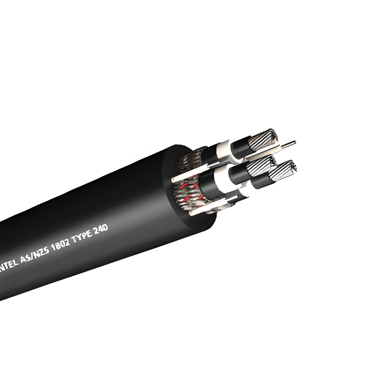
Underground coal mining operations demand electrical infrastructure that can withstand extreme conditions while maintaining reliable power transmission. The harsh environment of coal mines, characterized by moisture, dust, mechanical stress, and potential explosive atmospheres, requires specialized electrical cables engineered to meet stringent safety and performance standards. Among the most critical components of underground mining electrical systems are feeder cables that supply power to essential machinery and longwall mining equipment.
The AS/NZS 1802 Type 240 mining cable represents a pinnacle of engineering excellence in underground electrical infrastructure. These cables serve as the backbone of power distribution systems in Australian and New Zealand mining operations, delivering reliable electricity to cutting-edge mining equipment while ensuring operator safety and operational continuity. Understanding the technical specifications, applications, and benefits of these specialized cables is crucial for mining engineers, electrical contractors, and safety professionals working in the extractive industries.
What is the AS/NZS 1802 Type 240 Mining Cable?
The AS/NZS 1802 Type 240 mining cable is a high-voltage, three-conductor power cable specifically engineered for underground coal mining applications. This cable system operates within voltage ranges from 1.1kV to 11kV, making it suitable for medium-voltage power distribution in mining environments. The designation "Type 240" refers to the cable's construction specifications and performance characteristics as defined by Australian and New Zealand electrical standards.
The cable features a sophisticated multi-layered construction designed to provide superior electrical performance, mechanical protection, and safety features. At its core, the cable contains three flexible stranded tinned copper conductors, each surrounded by ethylene propylene rubber (EPR) insulation. This primary insulation system is complemented by semiconductive compound screening for cables rated 3.3kV and above, ensuring uniform electric field distribution and preventing corona discharge.
One of the distinguishing features of the Type 240 cable is its inclusion of three interstitial pilot conductors. These smaller conductors, also constructed from flexible stranded tinned copper and covered with EPR insulation, serve multiple functions including equipment control, communication, and monitoring systems. The pilot conductors are strategically positioned within the cable assembly to optimize space utilization while maintaining electrical isolation.
The cable's outer construction incorporates a composite earth screen consisting of tinned copper braiding interwoven with polyester yarn. This dual-material approach provides both electrical conductivity for earthing purposes and mechanical strength to resist the physical stresses encountered in underground mining operations. The entire cable assembly is protected by a heavy-duty polychloroprene (PCP) sheath, though heavy-duty chlorinated polyethylene/chlorosulfonated polyethylene (CPE/CSP) sheathing is available upon request for specific applications.
Compliance with Standards
The AS/NZS 1802 Type 240 mining cable demonstrates comprehensive compliance with multiple Australian and New Zealand standards, ensuring its suitability for underground coal mining applications. The primary standard, AS/NZS 1802:2003, specifically addresses electrical equipment for use in hazardous areas where explosive gas atmospheres may occur. This standard is particularly relevant to coal mining operations where methane gas presents a constant explosion risk.
Compliance with AS/NZS 1125 ensures that the cable meets requirements for electrical installations in explosive atmospheres. This standard covers the selection, installation, and maintenance of electrical equipment in potentially explosive environments, providing crucial safety guidelines for underground mining applications. The cable's adherence to this standard guarantees that it can operate safely in coal mine atmospheres without creating ignition sources.
AS/NZS 3808 compliance addresses the specific requirements for electrical equipment used in coal mines. This standard encompasses comprehensive safety protocols, installation procedures, and performance criteria tailored to the unique challenges of coal mining environments. It includes provisions for cable routing, protection systems, and maintenance practices that ensure long-term reliability and safety.
The cable also conforms to AS/NZS 5000.1, which covers general requirements for electrical installations. This standard provides the foundation for all electrical work in Australia and New Zealand, establishing fundamental safety principles and installation practices. Compliance with this standard ensures that the Type 240 cable integrates seamlessly with broader electrical infrastructure while maintaining safety and performance standards.
These multiple standard certifications provide mining operators with confidence that the AS/NZS 1802 Type 240 cable meets the highest safety and performance requirements for underground coal mining applications. The comprehensive regulatory compliance also facilitates acceptance by mining safety authorities and insurance providers, streamlining the approval process for new installations.
Features and Design
The AS/NZS 1802 Type 240 mining cable incorporates numerous advanced design features that distinguish it from conventional industrial cables. The flexible stranded tinned copper conductors provide excellent electrical conductivity while maintaining the flexibility necessary for installation in confined underground spaces. The tinning process protects the copper from corrosion in the harsh mining environment, extending cable life and maintaining electrical performance over time.
The EPR insulation system offers superior dielectric properties and resistance to environmental factors commonly encountered in coal mines. Unlike traditional PVC insulation, EPR maintains its insulating properties across a wide temperature range and demonstrates excellent resistance to ozone, UV radiation, and chemical exposure. This insulation system ensures reliable electrical performance even under extreme operating conditions.
The semiconductive screening system employed in higher voltage variants (3.3kV and above) represents advanced electrical engineering principles. The conductor screen and insulation screen work together to control electric field distribution, preventing the formation of partial discharges that could lead to insulation degradation. This screening system significantly extends cable life and improves reliability in high-voltage applications.
The composite earth screen design combines electrical functionality with mechanical protection. The tinned copper braiding provides low-resistance earthing paths essential for safety in underground operations, while the interwoven polyester yarn adds tensile strength and abrasion resistance. This hybrid construction ensures that the cable can withstand the mechanical stresses of underground installation while maintaining electrical integrity.
Cable dimensions and weights vary according to conductor cross-sectional area and voltage rating. For example, the Type 240.1 variant (1.1kV rating) ranges from 6mm² to 300mm² conductor sizes, with overall diameters from 30.0mm to 95.1mm and weights from 131kg/100m to 1810kg/100m. Higher voltage variants feature increased insulation thickness, resulting in larger overall dimensions and weights.
The heavy-duty PCP sheath provides exceptional protection against mechanical damage, chemical attack, and environmental exposure. This outer sheath resists tearing, abrasion, and penetration while maintaining flexibility for installation. The availability of alternative CPE/CSP sheathing options allows for customization based on specific environmental conditions or regulatory requirements.
Applications in Underground Coal Mining
AS/NZS 1802 Type 240 mining cables serve critical roles in underground coal mining operations, primarily functioning as feeder cables for power supply to essential machinery and longwall mining systems. These applications demand cables that can deliver reliable power transmission while operating in challenging underground environments characterized by dust, moisture, mechanical stress, and potential explosive atmospheres.
Longwall mining operations represent one of the most demanding applications for Type 240 cables. Longwall systems extract coal using automated cutting equipment that moves along coal faces, requiring continuous power supply through trailing cables. The Type 240 cable's robust construction and multiple pilot conductors make it ideal for supplying power to longwall shearer machines, face conveyors, and support equipment. The cable's flexibility allows it to follow the movement of mobile equipment while maintaining electrical integrity.
Feeder cable applications include power distribution to stationary mining equipment such as ventilation fans, pumping systems, conveyor drives, and processing equipment. These installations often require cables to traverse significant distances through mine shafts and tunnels, making the Type 240 cable's mechanical protection and electrical performance characteristics essential for reliable operation.
The cable's three pilot conductors enable sophisticated control and monitoring systems essential for modern mining operations. These conductors can carry control signals for equipment automation, communication systems for operator coordination, and monitoring data for equipment health and safety systems. This multi-function capability reduces the need for separate control cables, simplifying installation and maintenance.
Underground substations and distribution panels rely on Type 240 cables for incoming power feeds and distribution to secondary circuits. The cable's high voltage capability (up to 11kV) makes it suitable for medium-voltage distribution systems that minimize power losses over long underground runs. The robust earthing system provided by the composite screen ensures safe operation in underground electrical installations.
Emergency power systems in coal mines also utilize Type 240 cables to connect backup generators to critical safety equipment. The cable's reliability and safety features make it suitable for these applications where power failure could compromise mine safety or prevent emergency evacuation procedures.
Benefits of Using AS/NZS 1802 Type 240 Cable
The AS/NZS 1802 Type 240 mining cable offers numerous advantages that make it the preferred choice for underground coal mining applications. These benefits encompass safety, performance, economic, and operational considerations that directly impact mining operations' efficiency and profitability.
Safety benefits represent the most critical advantage of Type 240 cables. The comprehensive compliance with multiple safety standards ensures that the cable operates safely in potentially explosive coal mine atmospheres. The robust earthing system provided by the composite screen offers low-resistance fault current paths, enabling rapid detection and clearing of electrical faults that could otherwise create fire or explosion hazards.
The cable's EPR insulation system provides superior electrical performance compared to conventional insulation materials. EPR maintains its dielectric properties across wide temperature ranges and demonstrates excellent resistance to environmental factors that could cause premature failure. This reliability translates to reduced downtime and improved operational continuity for mining operations.
Economic benefits include reduced installation and maintenance costs compared to alternative cable systems. The integration of power and pilot conductors in a single cable assembly eliminates the need for separate control cables, reducing material costs and installation complexity. The cable's robust construction and high-quality materials minimize the frequency of replacements, reducing long-term operational costs.
The flexible construction of Type 240 cables facilitates installation in confined underground spaces where rigid cables would be impractical. This flexibility also allows the cable to accommodate the movement of mobile mining equipment without suffering mechanical damage. The reduced stress on cable connections and terminations extends system life and reduces maintenance requirements.
Operational benefits include improved system reliability and reduced risk of production interruptions due to electrical failures. The cable's multiple pilot conductors enable sophisticated monitoring and control systems that can detect potential problems before they cause equipment failures. This predictive maintenance capability helps mining operations optimize equipment utilization and minimize unplanned downtime.
The cable's high voltage capability allows for efficient power distribution with reduced current levels, minimizing resistive losses and voltage drop over long underground runs. This efficiency translates to reduced energy costs and improved environmental performance for mining operations.
Frequently Asked Questions
What voltage ratings are available for AS/NZS 1802 Type 240 mining cables?
AS/NZS 1802 Type 240 mining cables are available in multiple voltage ratings to suit different underground coal mining applications. The Type 240.1 variant operates at 1.1kV, making it suitable for low-voltage feeder applications. Type 240.3 operates at 3.3kV, while Type 240.6 handles 6.6kV applications. The highest voltage variant, Type 240.11, operates at 11kV for high-voltage distribution systems. Each voltage rating features appropriate insulation thickness and screening systems to ensure safe operation at the specified voltage level.
How do the pilot conductors in Type 240 cables function?
The three interstitial pilot conductors in AS/NZS 1802 Type 240 cables serve multiple functions beyond the primary power transmission. These smaller conductors, constructed from flexible stranded tinned copper with EPR covering, can carry control signals for equipment automation, communication systems for operator coordination, and monitoring data for equipment health and safety systems. The pilot conductors are electrically isolated from the main power conductors and can operate at different voltage levels as required by specific applications.
What makes the composite earth screen unique in Type 240 cables?
The composite earth screen in AS/NZS 1802 Type 240 cables combines tinned copper braiding with interwoven polyester yarn to provide both electrical and mechanical benefits. The copper braiding offers low-resistance earthing paths essential for safety in underground operations, while the polyester yarn adds tensile strength and abrasion resistance. This hybrid construction ensures reliable earthing performance while providing mechanical protection against the stresses encountered in underground mining environments.
How do installation requirements differ for various voltage ratings?
Installation requirements for AS/NZS 1802 Type 240 cables vary based on voltage rating and specific mining conditions. Higher voltage variants require larger bending radii due to increased insulation thickness and overall cable diameter. All variants must be installed according to AS/NZS standards with appropriate support systems, protection against mechanical damage, and proper termination techniques. The cable's flexibility allows installation in confined spaces, but minimum bend radius specifications must be observed to prevent insulation damage.
What maintenance practices are recommended for Type 240 mining cables?
Maintenance of AS/NZS 1802 Type 240 mining cables should follow comprehensive inspection and testing protocols. Regular visual inspections should check for outer sheath damage, proper support, and protection against mechanical stress. Electrical testing should include insulation resistance measurements, earth continuity verification, and pilot conductor integrity checks. Any damage to the outer sheath should be repaired promptly to prevent moisture ingress and contamination. Proper cable handling during equipment moves and adherence to minimum bend radius requirements help prevent mechanical damage.
Conclusion
The AS/NZS 1802 Type 240 mining cable represents a sophisticated solution to the demanding electrical infrastructure requirements of underground coal mining operations. Through its advanced multi-conductor design, comprehensive safety standard compliance, and robust construction, this cable system provides the reliability and performance essential for modern mining operations.
The cable's unique combination of power transmission capability and integrated pilot conductors makes it particularly valuable for longwall mining applications and complex equipment installations. The comprehensive compliance with Australian and New Zealand safety standards ensures that mining operations can rely on these cables to meet regulatory requirements while maintaining the highest safety standards.
As underground coal mining operations continue to evolve with advancing technology and increasing automation, the AS/NZS 1802 Type 240 mining cable provides a future-ready foundation for electrical infrastructure. Its proven performance in demanding underground environments, combined with the economic and operational benefits it delivers, makes it an essential component of modern mining electrical systems.
Mining engineers, electrical contractors, and safety professionals can confidently specify AS/NZS 1802 Type 240 cables knowing that they represent the pinnacle of mining cable technology. The investment in high-quality electrical infrastructure pays dividends through improved safety, reduced downtime, and enhanced operational efficiency that directly impacts mining operations' profitability and sustainability.

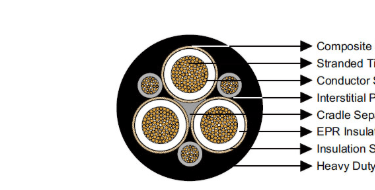
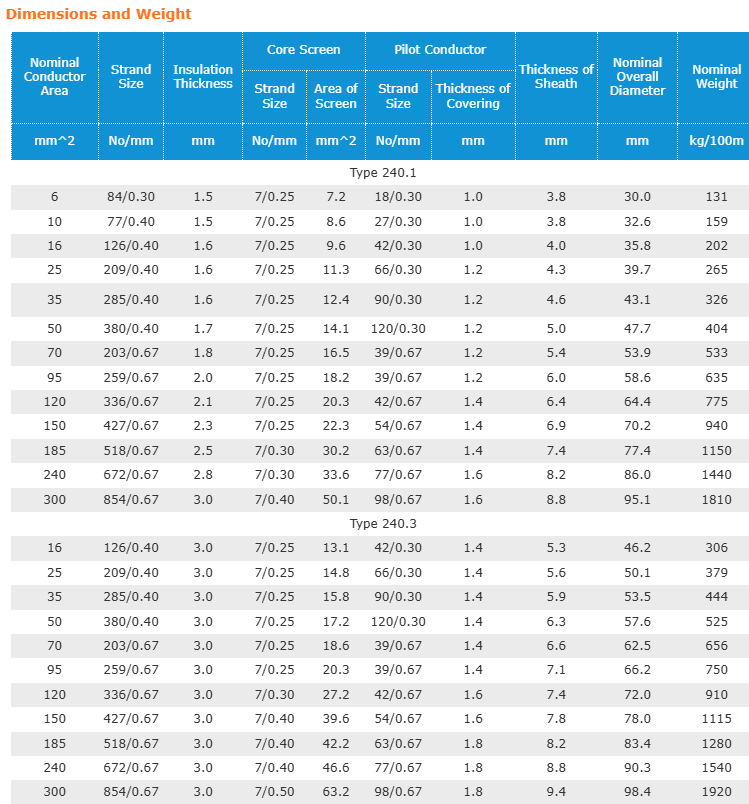

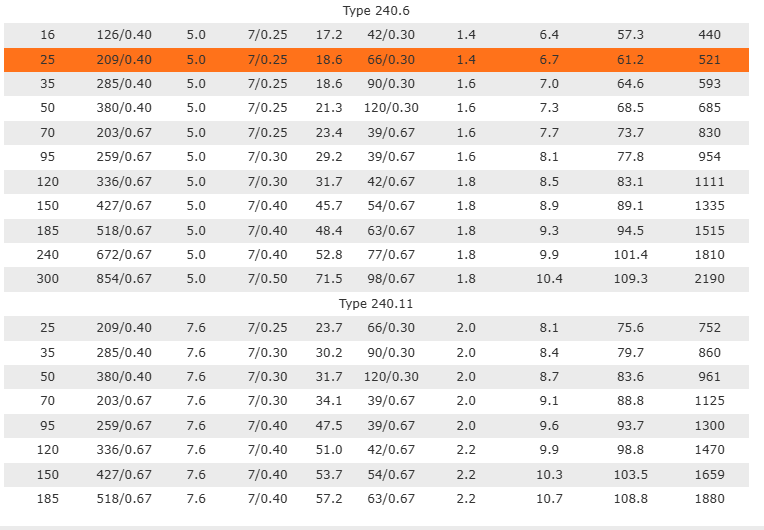

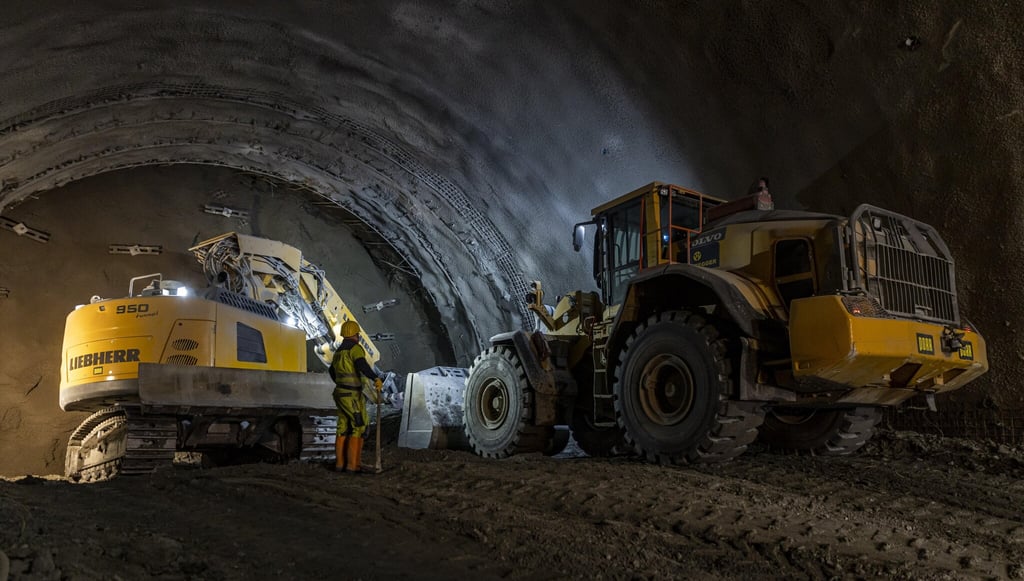


Email Address: Li.wang@feichuncables.com
© 2025. All rights reserved.


One-click to Quickly Contact
Products
Offshore & Marine Cable
XLPE Cable
Contact
Company
Location:
Building A Private Science and Technology Park, Hefei Economic and Technological Development Zone, Anhui Province, China
